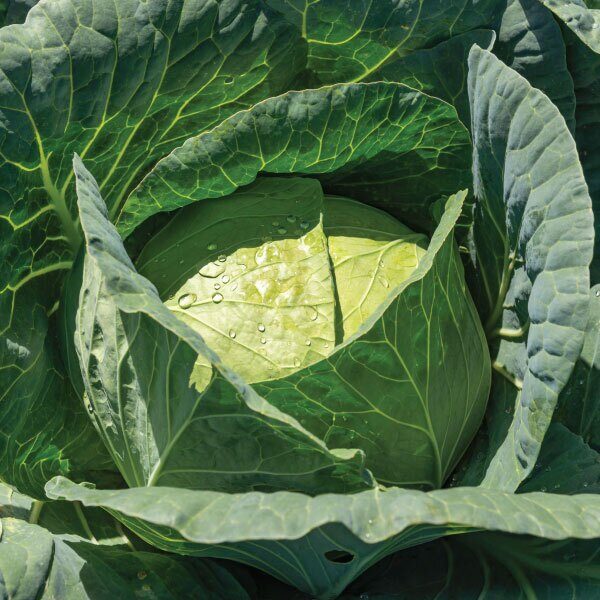Description
Product Description:
Forage sorghum is a fast-growing, warm-season annual crop known for its high biomass production and adaptability to various environmental conditions. Ideal for late spring or early summer planting, forage sorghum thrives in hot climates and demonstrates a notable resistance to water stress. Its quick establishment and robust growth make it a reliable option for forage, silage, or cover cropping. Popular types like Sorghum sudanense or Sudan x Bicolor hybrids excel in dry conditions, offering versatility and resilience in rotational farming systems.
Product Characteristics Summary:
🌱 Agronomic Information:
- Botanical Name: Sorghum spp. (Forage varieties such as Sorghum sudanense and Sudan x Bicolor hybrids).
- Plant Type: Warm-season annual grass.
- Growth Habit: Fast-growing, tall stems producing dense biomass.
🌾 Forage Quality:
- High Biomass Production: Ideal for silage, grazing, or green manure.
- Nutritional Value: Excellent forage quality with high energy and digestibility.
🌞 Resilience & Adaptability:
- Climate Suitability: Thrives in hot climates, resistant to water stress, but sensitive to cold and frost.
- Drought Tolerance: Strong drought resilience once established.
- Soil Type: Performs well in a variety of soils, provided drainage is adequate.
🌍 Suitability:
- Cover Crops: Fast establishment and robust growth make it ideal for suppressing weeds and improving soil health.
- Forage Systems: Suitable for grazing, hay, and silage production.
- Rotational Crops: Can be sown after harvest or intercropped to maximize land use.
🌱 Sowing and Establishment:
- Optimal Planting Time: Late spring to early summer to maximize biomass production.
- Depth and Spacing: Sow at a shallow depth for rapid germination.
- Weed Suppression: Dense growth habit suppresses weed competition.
🌟 Management Tips:
- Water Management: While drought-tolerant, optimal yield requires moderate irrigation during establishment.
- Fertilisation: Apply nitrogen to promote rapid growth and high biomass production.
- Frost Protection: Avoid sowing in areas prone to early frosts or cold snaps.





Reviews
There are no reviews yet.